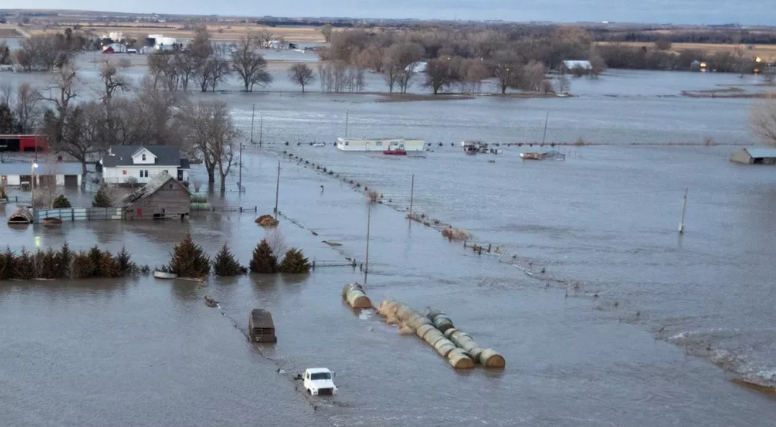New Season Crop In Focus
By Warren Lander
It is still wet in the United States and most areas above Forbes in Central New South Wales are really feeling the pinch due to lack of any decent rainfall. This has ultimately dashed any hopes for sowing late season wheat or barley and kept things somewhat subdued. We can only hope that there is a turn around soon in the season for everyone’s sake.
As for the local domestic grain market, the commercial trade buyers are now starting to focus on new season crop which will start in approximately 2 months’ time in Central Queensland. Reports from that region are indicating there is plenty of potential for average to above average yields. This in turn will ease the pressure of demand from the consumer on the Darling Downs which has already started to take hold. Most consumers have been living hand to mouth in recent months waiting to see what happens with new crop conditions all the while being conscious of the inverse present in East Coast grain markets.
As for New South Wales, the northern half has been reportedly sucked dry of all grain stocks and totally relying on external sources of grain for the consumer. This will continue until a crop is produced, whether that be sorghum or a cereal crop in 2020.
While in Central and Southern New South Wales, the old crop wheat market has dropped over the last fortnight by up to $20 per tonne coming down from the highs of $405 per tonne to be trading at $385 delivered Griffith and $395 per tonne into the Bathurst area. As for the barley market, the trade has been offering a delivered price of approximately $385 - $390 a tonne, while farmer to farmer selling is still positioned around that $400 a tonne. It will be interesting to see over the next 2 to 3 weeks just where the market is going to position itself.
With rain falling in the southern half of New South Wales, as well as in Victoria and South Australia and with Western Australia now starting to see a season in front of itself, it is beginning to feel like the trade is becoming more confident of producing an Aussie crop. There is also a sense of security for consumers and this could result in hand to mouth purchasing until new crop arrives. The consumer also is very aware that there is currently a good supply of grain in Western Australia which cannot be easily moved as there are few export markets available at the price that they can receive on the East Coast.
With these current old crop issues playing in the market space, we have new crop values at quite heavy discounts. ASW Central West is around $315 a tonne, some $65 a tonne less than old crop, while F1 barley is bidding at $250 a tonne which is $130 a tonne less than current market value. We all know that it’s a long way till it’s in the bin at harvest, and a lot can change between now and then, but it shows that the consumer is fully aware of what the grain is worth to them in the current market. We must also remember this year that they have a backup plan available to them so if you are lucky enough to have a crop and a good moisture profile then maybe the prices available now are not so bad after all.
AWB Annual Crop Survey Week 4 winners

We are pleased to announce our fourth and last week cash prize winners for participants in AWB’s 2019 Annual Crop Survey.
Read MoreStrap yourself in for a trip around global grain markets

To provide an update on the grains market these days you almost need to be a foreign correspondent. There are so many influences from around the globe combining to form a picture of the current market and its future direction. So strap yourself in for a trip around global grain markets.
Read MoreEast coast grain pending spring rain

The past week has provided much of the same with small isolated falls up to 5mm occurring across SNSW. Across the border into Vic and we see much more favourable conditions. However, it goes without saying, much of the east coast crop is in a rainfall deficit and will be heavily reliant on a kind spring in order to bring grain to head and fill the bins.
Read MoreGrain Markets, Bulls & Bears

While the dry continues in Northern NSW and QLD, Central NSW is increasingly feeling the pinch following disappointingly light and patchy rainfall. However, prospects are firming in the southern part of the state with some areas only one good fall away from a firm production outlook.
Read MoreDroughts and flooding rains

Talk about droughts and flooding rains. In the US, weather continues to play havoc, delaying planting of the corn crops and causing flooding of wheat fields. Here in Australia, areas of the east coast are looking down the barrel of a third year of below par winter crop rainfall.
Read More